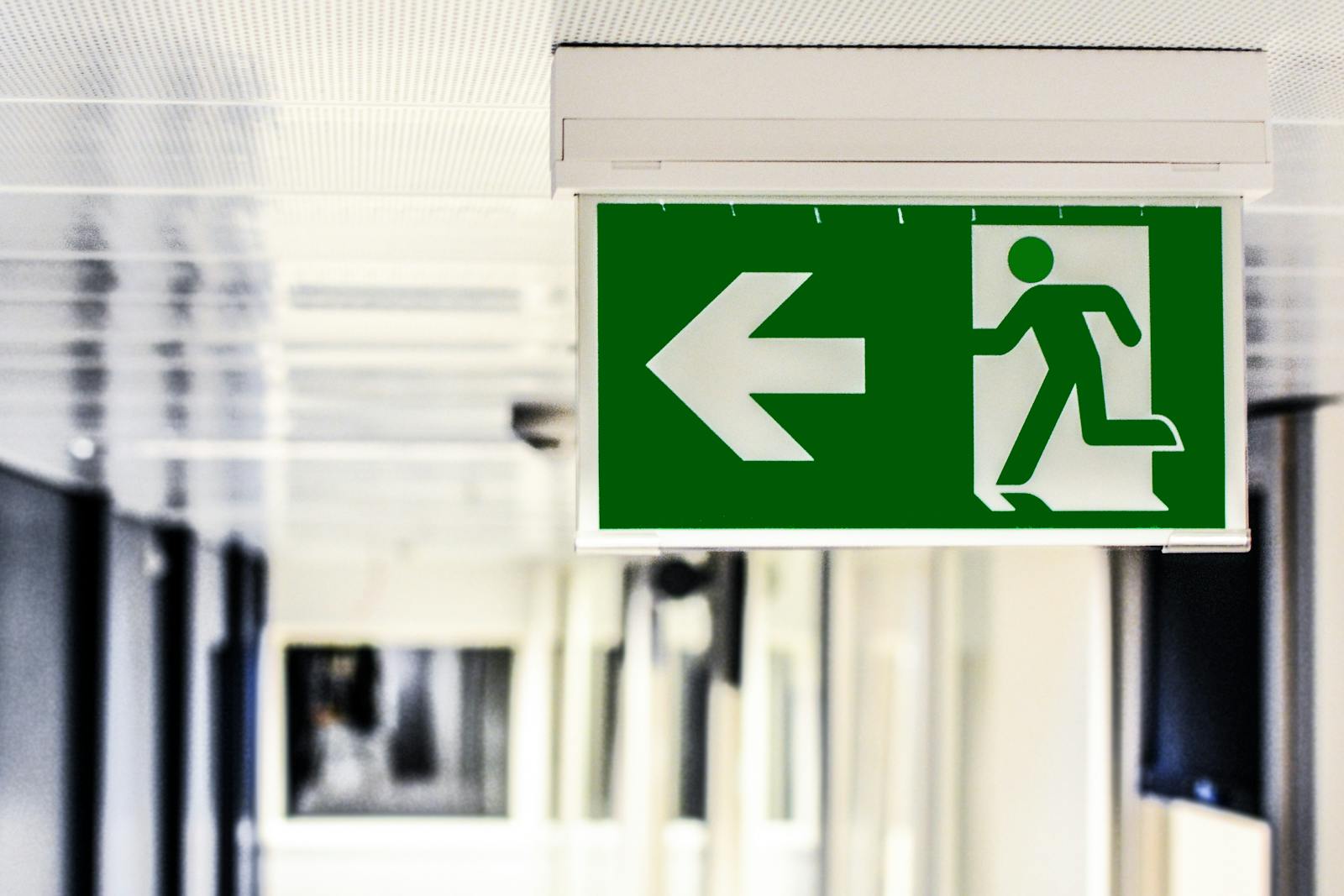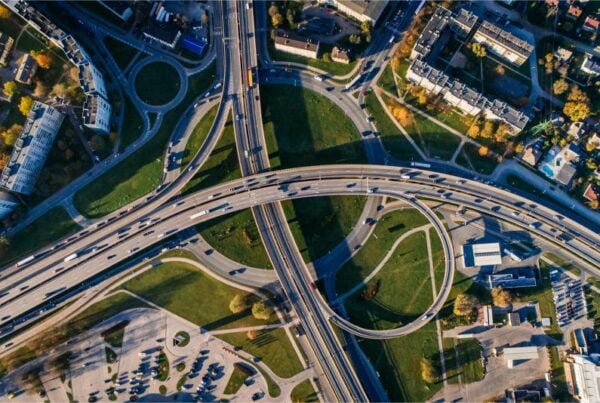Disclosure Sponsored Links: This post contains a paid-for sponsored link, meaning we have received compensation in exchange for including it. Sponsorship does not influence our content, but we believe in transparency regarding paid placements.
Many people view wayfinding signs as functional necessities. These signs are used to help people navigate a community with ease, but they do much more than that. The signs reinforce the community’s brand, increase pride, and boost economic activity.
However, wayfinding design is essential to ensure the signs achieve these goals. The signs must improve access to various parts of the community and direct traffic to commercial districts and civic areas. When people can easily find these parts of the community, it will thrive. People want to spend time in a community where they can easily find what they are looking for. Emergency service response times decrease when these signs are present, and maintenance crews and delivery drivers spend less time locating destinations, resulting in increased productivity. Furthermore, well-maintained signs increase community pride.
Place Branding
Wayfinding signs help highlight what makes a community unique and distinct. When designing signs, community leaders must consider the imagery, font, colors, and materials used. The branding must be consistent across all sign types and align with other community marketing materials to increase recognition and let viewers know what makes the community unique. The signs should share information about what the community values and its personality. Well-designed signs tell the story of the community and let people know about its historical, cultural, or geographical background.
Planning
A location plan is needed when designing wayfinding signs. This plan must outline significant destinations, primary travel routes, and critical decision points to ensure signs are present where they are most needed. User perspectives must be considered when creating this plan, and all signs must be visible and accessible. Designers need to align signage placement with real-world navigation patterns. When doing so, they must also consider all local regulations. Once this location plan is complete, it should ensure sign consistency, and wayfinding should be intuitive. Designers also need to consider future needs and create a plan that is scalable to accommodate growth.
Foot Traffic
Signs are designed for more than drivers. They also need to drive cyclists and pedestrians to areas that might otherwise be overlooked. Effective signs encourage people to explore a community to uncover hidden gems. They increase visitor engagement and economic activity in areas that might otherwise be ignored. The hidden gems can be transformed into community assets when effective wayfinding signs are in place.
Pedestrian Signage
Communities often focus on vehicular signs while ignoring those for pedestrians. They leave pedestrian signage to the businesses, which can harm both the businesses and the overall community. When people leave their cars, they want to know how to get around. An effective wayfinding system considers all means of transportation, including walking, and ensures that visitors can easily navigate their surroundings. The design team should consider including walking distances or estimated time needed to get to different locations, so people feel confident moving between locations.
Maintenance
Materials for wayfinding signs must be carefully selected to ensure they withstand the test of time and constant exposure to the elements. Powder-coated signage made with high-pressure laminates is ideal. Nevertheless, all signs must be properly maintained to look their best. Signs that aren’t properly maintained won’t present the right image for the community, so maintenance must be a priority.
Community leaders should consult with residents when creating wayfinding signs to identify where people frequently get lost and what types of assistance visitors request most often. Resident input leads to improved signs and ease of navigation. The entire community benefits when effective signs are in place.








